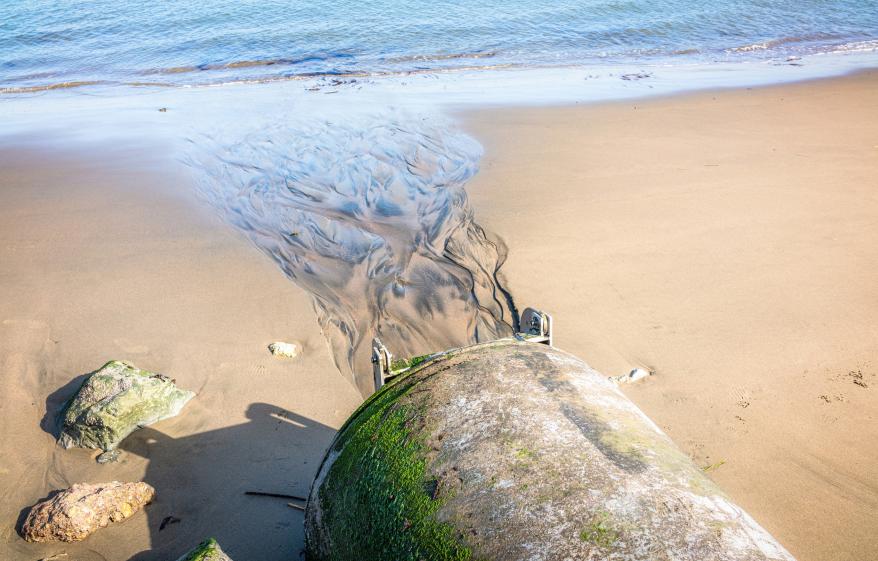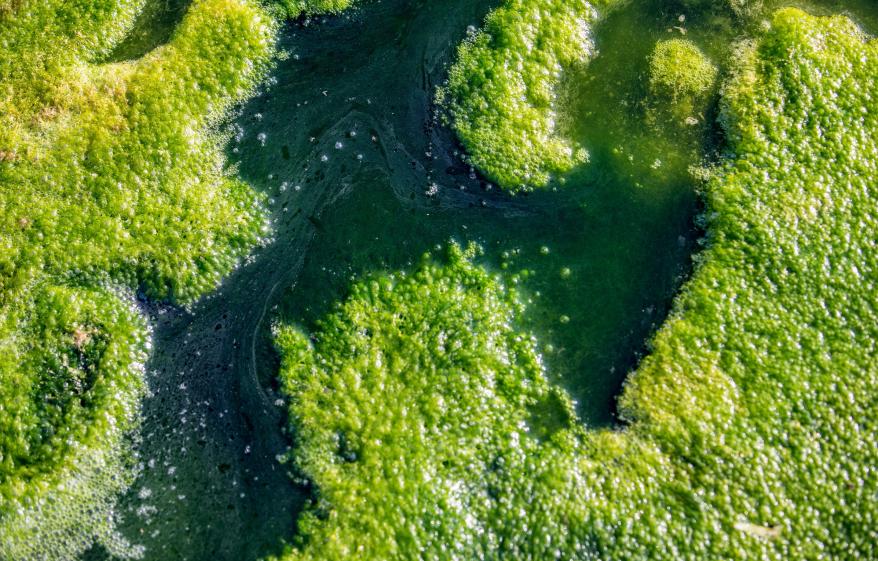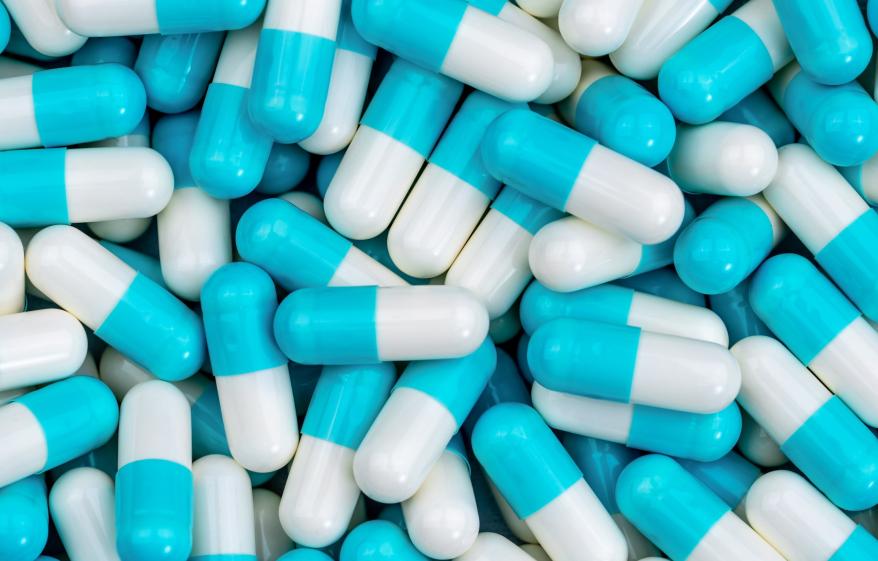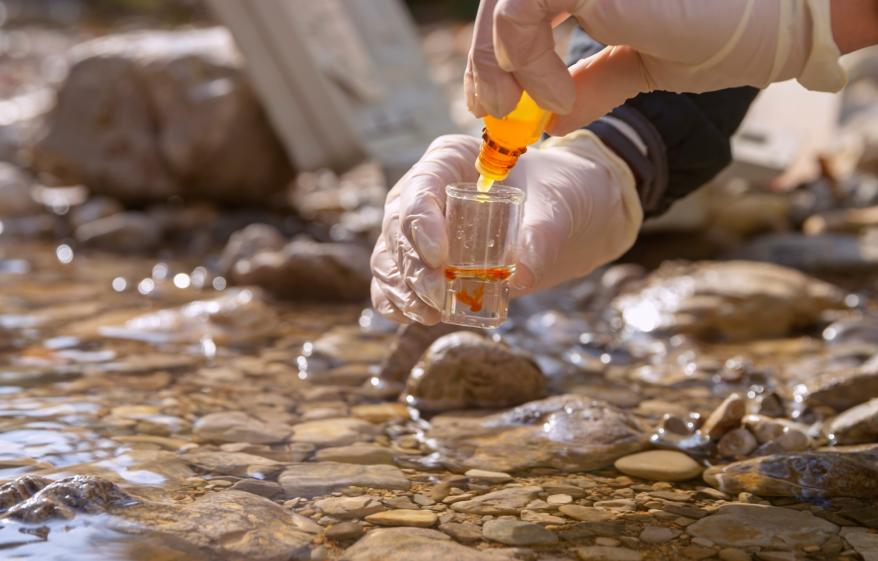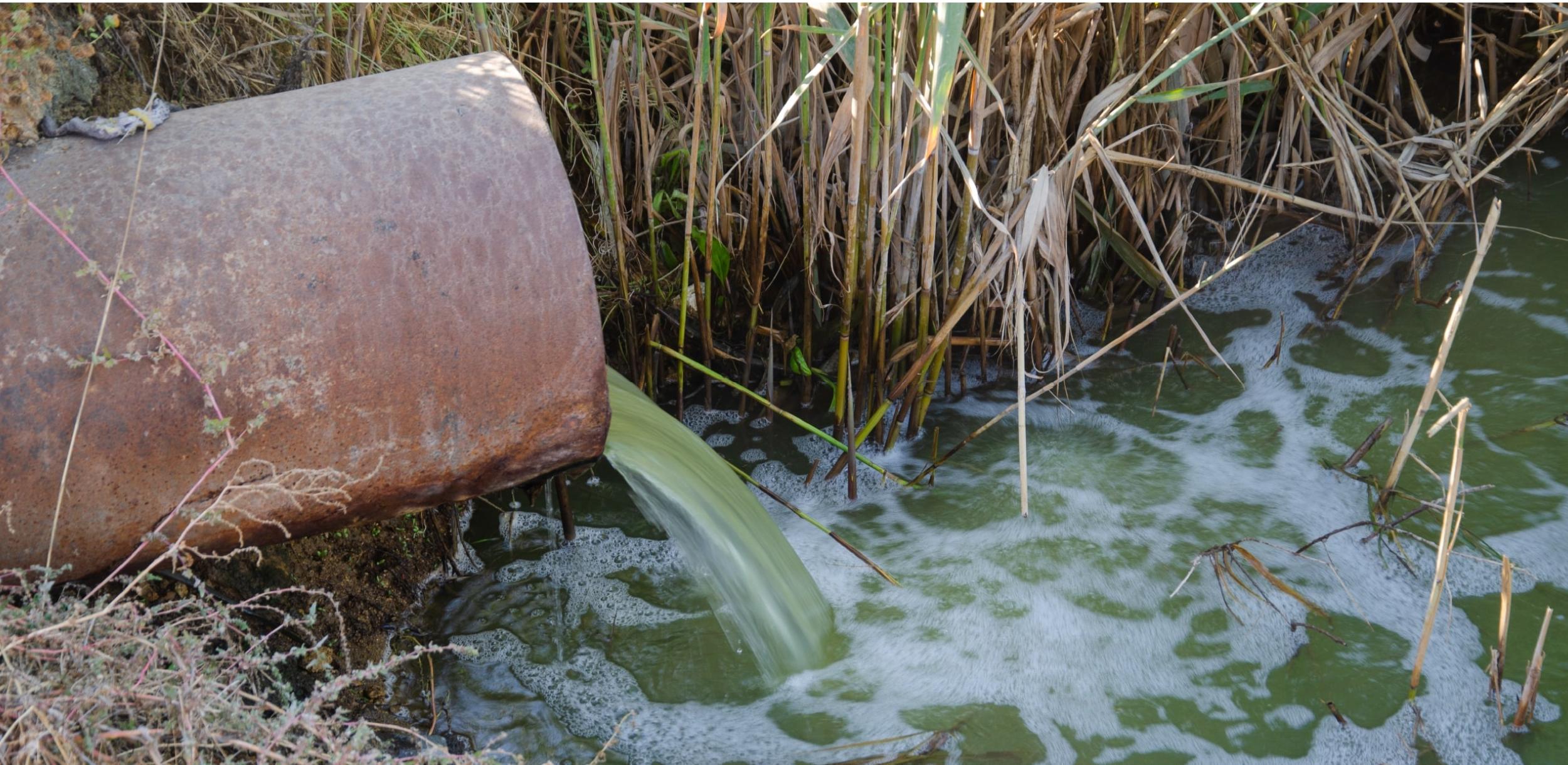
Why are wastewater treatment plants discharging raw sewage into our lakes, rivers, and ocean?
Is raw sewage being discharged into our lakes?
Raw sewage is being discharged into our lakes, rivers and ocean at an alarming rate; in 2022, sewage was released into England’s waterways an average of 824 times a day, equating to 1.75 million hours of discharge time (Sky News). As well as breaching permitted discharge limits, this has a devastating impact on human health, biodiversity and natural habitats. Forever chemicals, microplastics, metals, pesticides, pharmaceuticals and infectious microorganisms are all making their way into our water.
Why is the rate of sewage discharges so high?
Most UK homes are on a combined sewage network, which means that rainwater and sewage both enter the same system. In instances of overflow, this system is designed to discharge excess water to prevent sewage backing up into drains. Ofwat, the regulatory body of privatised water companies, allows water firms to release extra incoming rainwater and diluted wastewater into the environment, normally after partial treatment, in cases of extreme storms. However, increasing periods of rainfall, a growing population and Victorian era sewage infrastructure are pushing an already overwhelmed system to capacity and resulting in many more discharges than permitted.
What can we do to stop raw sewage being discharged into our lakes, rivers and oceans?
Onunda was established as an urgent response to the various environmental challenges arising from the treatment of sewage waste, with a vision to keep rivers, lakes and other waterways healthy and free-flowing. Our zero-carbon wastewater management solution enhances sewage treatment capacity, reducing the frequency and impact of combined sewer overflows, preserving water quality and safeguarding public health and the environment.










